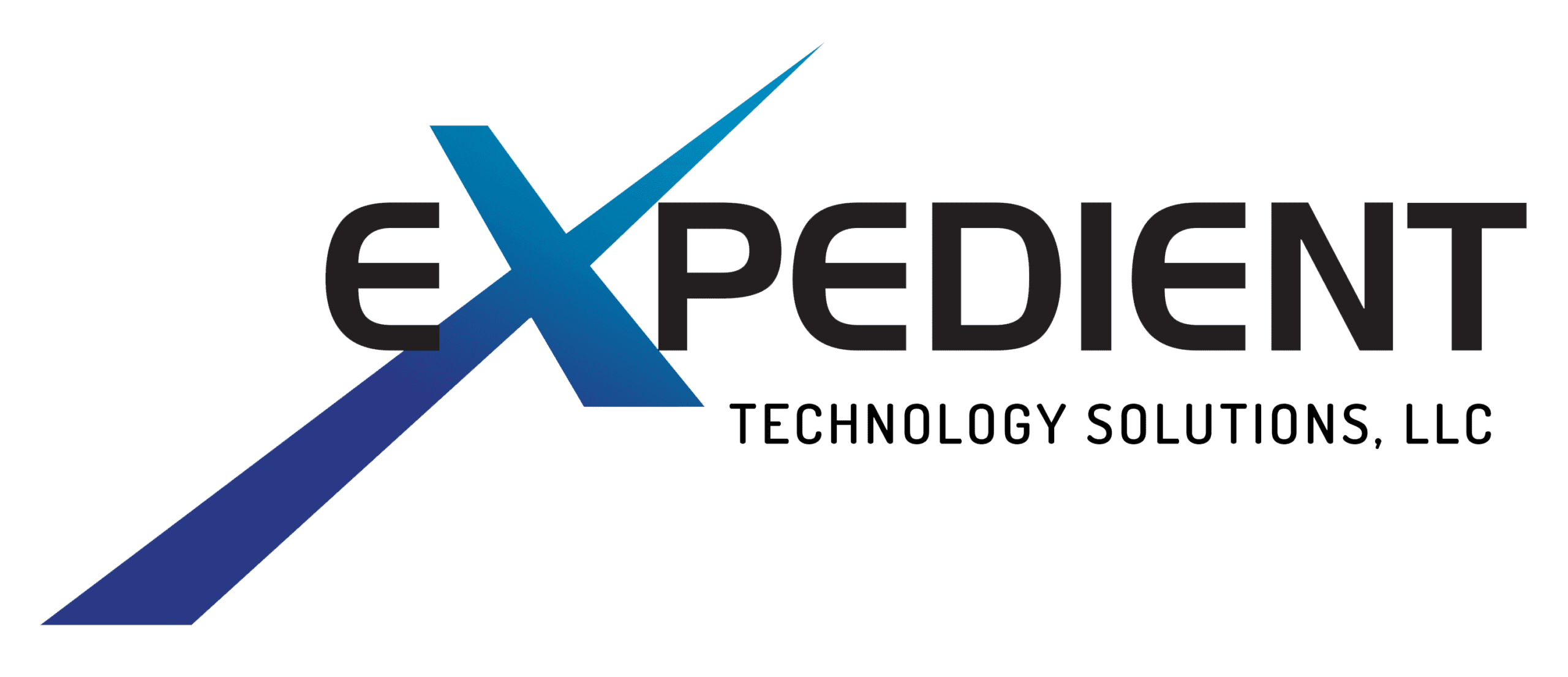There’s no question that 2020 has been a unique year in so many ways, and cybersecurity is no exception. Under COVID-19, cyberattacks increased by 400%. Businesses of all sizes have been combatting new attacks designed to exploit employees working from home. Attacks such as Ransomware as a Service have been specifically targeting smaller businesses.
There’s no sign of these malicious threats letting up as we head into the new year. If anything, cyberattacks will only continue to get stealthier and more advanced. That’s why cybersecurity should be a top priority for all businesses in 2021. We’ve put together some critical actions you should take to ensure you’re prepared for what’s ahead this year.
Increasing Security for Remote Working
As offices were required to shutdown by law in 2020, countless employees found themselves working from home. While occasional remote work has become common in the modern office, many employees weren’t accustomed to working days on end from their house.
Now, however, that’s changed.
Most employees have grown to enjoy working from home at least some of the time. According to one survey, 37% said they don’t miss anything about the office, and only 4% want to return to working from the office full-time. While there’s certain to be fluctuations between different companies, it’s likely that most employees will want to work remotely at least occasionally. That means businesses need to be better prepared to handle employees switching between working onsite and offsite.
For some companies, this might mean integrating a VPN (virtual private network) if they haven’t already. This can provide a solid layer of protection for employees logging into company systems from otherwise unsecured networks. Device management and updates is also critical in ensuring employees are protected. This can be harder to manage when employees are out of the office (more on that in a moment).
It’s also worth reviewing the current tools and platforms you use for general communication needs. Many companies have found themselves juggling multiple platforms to handle the various needs of a hybrid office model. Switching to a singular platform that can handle both internal and external needs may be better. Microsoft Teams in conjunction with Microsoft 365 can provide collaboration, messaging, conference tools, sharing capabilities, and more.
Educating Employees on Basic Cybersecurity
Human errors and inside threats are by far the most common cause of cybersecurity breaches. In fact, eighty percent of data breaches are caused by a compromised password. Employee education is critical to keep your data and devices secured, especially as more employees are working out of office.
Make sure they know and understand the current threats and tactics that hackers use to break into systems. Train them on updating the devices they use. Establish rules for work devices, as well as personal devices they might use for work.
And if you haven’t already, set requirements for strong passwords that all employees must follow.
Upgrading Outdated Software
Keeping software and firmware updated is one of the most basic, yet important elements to cybersecurity. Eventually, however, programs and hardware reach the end of their life cycle and stop receiving updates altogether. When this happens, you’ll need to migrate to something else.
If you’re still using Office 2010 or Windows 7, it’s past time to upgrade. Microsoft discontinued both of these this past year. While there are extension options available for specific situations, it’s best to move on if you haven’t.
Though a standalone version of Office does still exist, more and more companies are also moving away from traditional on-premise software, transitioning to cloud-based offerings and Software as a Service. About 3 out of 4 businesses currently run off SaaS, while roughly 67% of enterprise infrastructure is cloud based.
Cloud-based software and infrastructure offer a number of distinct advantages including on-going feature updates, easier scalability, mobile friendliness, and more.
Preparing for 5G
Over the past few months, almost every major tech company released a new wave of 5G devices. This new technology not only provides faster data speeds, but it’s designed to handle the heavy stress brought on by the Internet of Things (IoT). Though there’s a lot to be excited about, there are also concerns you should be aware of.
Rather than using hardware switching like current networks, 5G leverages AI-powered software to funnel info and direct traffic. This improves performance and speed, but it also sacrifices manual controls that are traditionally used to block certain attacks.
Because it’s so new and different, 5G currently isn’t nearly as regulated as other networks are. This can potentially leave you more exposed to threats. It’s important that the right precautions are taken when implementing any 5G enabled devices into your current network. A third-party IT company can assist with this.
Speaking of…
Finding an Experienced IT Partner
In our complex, integrated digital world, companies of all sizes and industries are increasingly turning to third-party companies to assist with IT and network needs. According to a recent survey, 91% of businesses would consider using or switching to a third-party IT provider that offered the right cybersecurity services.
At Expedient Technology Solutions, we have deliberately tailored our service offerings to meet the needs of today’s businesses. We offer multiple tiers and scalable solutions so that you only pay for what you need. If you’re serious about cybersecurity in 2021, an experienced IT partner is a must. We’re confident we can provide for your needs today, tomorrow, and beyond.
Contact our cybersecurity experts in Ohio today!
